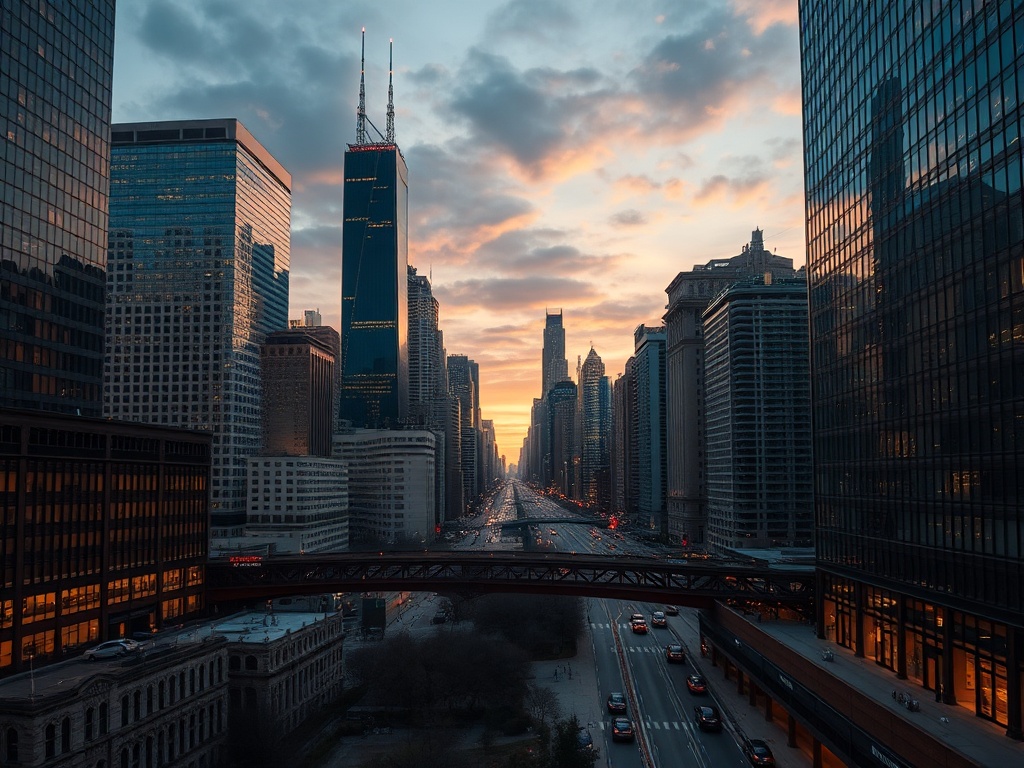Chicago blends bold architecture, vibrant neighborhoods, and a food culture that rewards curiosity — making it one of the most magnetic cities to explore. Whether you’re drawn to lakefront trails, world-class museums, or neighborhood dining, here’s a practical guide to what makes the city pulse and how to experience it like a local.
Start with the lakefront. The Lakefront Trail offers uninterrupted views of Lake Michigan and connects beaches, parks, and cultural destinations. Rent a bike, paddleboard, or simply stroll at sunrise to see the skyline light up. Navy Pier provides family-friendly entertainment and seasonal programming, while the Chicago Riverwalk delivers a quieter, waterside route of restaurants, bars, and public art — plus the famous springtime tradition when the river is dyed green for holiday celebrations.
Architecture defines Chicago’s silhouette. Architectural boat and walking tours are a top way to understand the city’s role in modern design and engineering.
Highlights include soaring modern towers, landmark early skyscrapers, and dense pockets of residential brickwork that tell stories of different eras. Millennium Park’s Cloud Gate (often called “the Bean”) and Lurie Garden offer iconic photo opportunities and easy access to surrounding cultural institutions.
Neighborhoods are where Chicago’s soul shows up. Visit the West Loop for a rotating roster of acclaimed restaurants and chef-driven tasting menus; Pilsen for vibrant murals, contemporary galleries, and authentic Mexican bakeries; and Logan Square for independent coffee shops, vintage stores, and a lively weekend market scene.
Bronzeville and Hyde Park are rich with cultural history and museums, while Lincoln Park combines a zoo, conservatory, and extensive green spaces.
No visit is complete without exploring the food scene. Chicago’s culinary identity spans deep-dish pizza and thin-crust tavern pies, classic Italian beef sandwiches, and the city’s famously loaded hot dogs. Beyond classics, there’s a thriving fine-dining circuit and a wave of inventive casual spots focusing on seasonal, hyper-local ingredients. Food tours and neighborhood crawls offer the most efficient way to sample the variety.
Getting around is straightforward. The elevated train system and rapid transit lines — commonly called the “L” — plus buses and rideshares make most neighborhoods accessible. Micromobility options such as bike-share and e-scooters fill gaps for short trips, while the compact downtown encourages walking between many major sights.
Culture and nightlife are busy but approachable. Major museums host rotating exhibits, and independent galleries spotlight local creatives. Live music ranges from jazz and blues in intimate clubs to large arena shows. Seasonal outdoor events and festivals light up parks and plazas, offering ways to connect with the city’s communities.
Practical tips for a smoother visit:
– Pack for variable weather and wear comfortable shoes for walking and public transit connections.
– Book popular tours and restaurant reservations ahead for prime times.

– Use neighborhood exploration rather than trying to cram every landmark into one day; each area rewards slow discovery.
– Respect city waste and recycling practices; many neighborhoods emphasize sustainability and pedestrian-friendly streets.
Chicago remains a city of neighborhoods, bold public spaces, and a food and cultural landscape that constantly evolves. Whether you’re here for an architecture tour, a culinary deep dive, or a long walk along the lakefront, plan deliberately and allow time to wander — that’s when the city reveals its best discoveries.